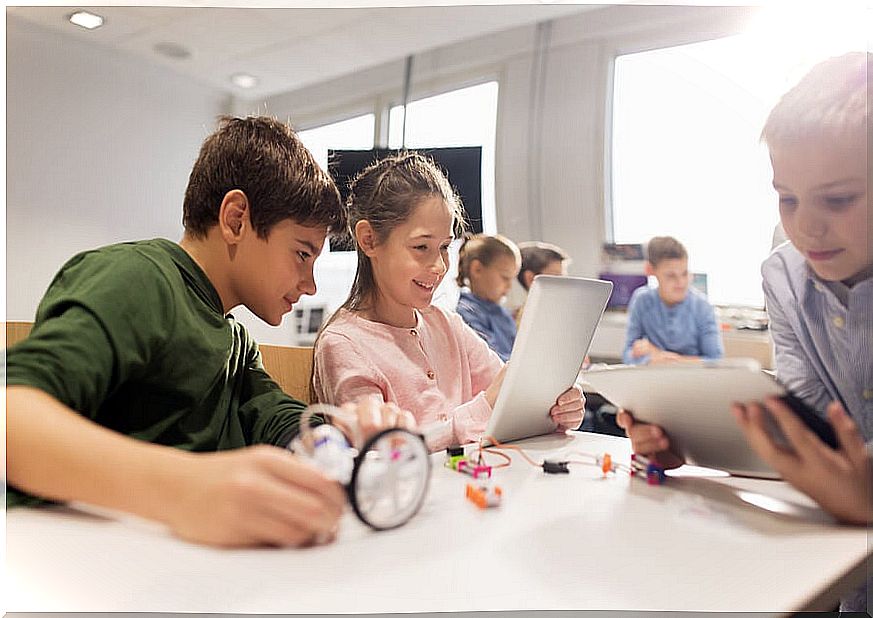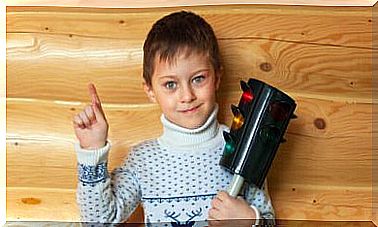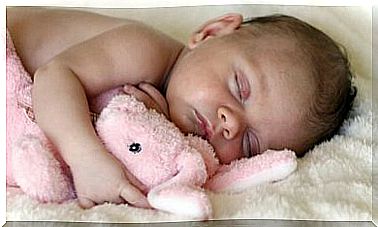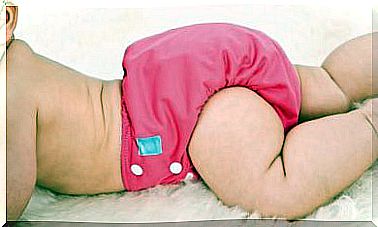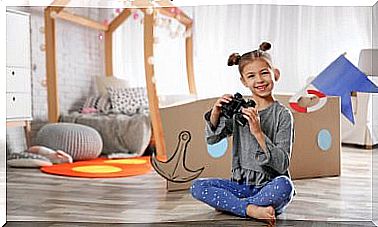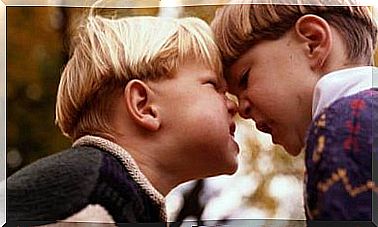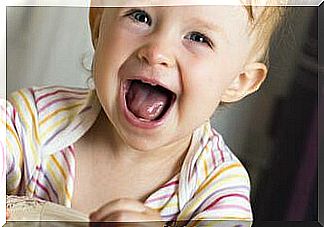Differences Between Convergent And Divergent Thinking

When facing a problem or situation, according to the American psychologist Joy Paul Guilford, you can choose to use logical reasoning or thinking in which creativity predominates. Do you want to know more about this topic? In this article we explain the differences between convergent and divergent thinking.
In each child a specific style of thinking predominates, which defines their personal characteristics. But it is important to promote both types of reasoning in children, promoting comprehensive development.
Differences between convergent and divergent thinking
The psychologist Joy Paul Guilford was the first to speak of convergent and divergent thinking, establishing clear differences between them. Below we explain what each of these styles of thoughts consists of.
Convergent thinking
Convergent or vertical thinking is a type of logical, rational, analytical and selective thinking. It focuses on finding a correct solution to a problem or situation, using conventional and predetermined procedures. That is, it is about memorizing and reproducing certain previously acquired knowledge.

Thus, children who tend to use convergent thoughts are characterized by:
- Have a closed mind.
- Be cautious.
- Be stiff mentally.
- See only a solution to problems.
- Be conformist.
- Be submissive and docile.
- Have conventional ideas.
- Establish routines.
- Be structured, organized and orderly.
- Be rigorous.
Divergent thinking
Divergent or lateral thinking implies originality, fluidity and flexibility, that is, it is linked to creativity. This type of thinking consists of looking for different solutions or alternative answers to the same situation or problem, discarding those that are less suitable. For which, you have to resort to prior knowledge and have the ability to relate them to each other.
In this case, children who tend to use divergent thoughts are characterized by:
- Have a lot of fantasy and imagination.
- Have an adventurous spirit.
- Be mentally flexible.
- Establish unusual and innovative relationships.
- Find various solutions to problems.
- Be independent.
- Be non-conformists.
- Experimenting and expressing pleasure in the novel and unusual.
- Be original.
- Being messy and disorganized.
- Feeling attraction for the complex, for the challenges.
- Ask lots of questions and be critical.
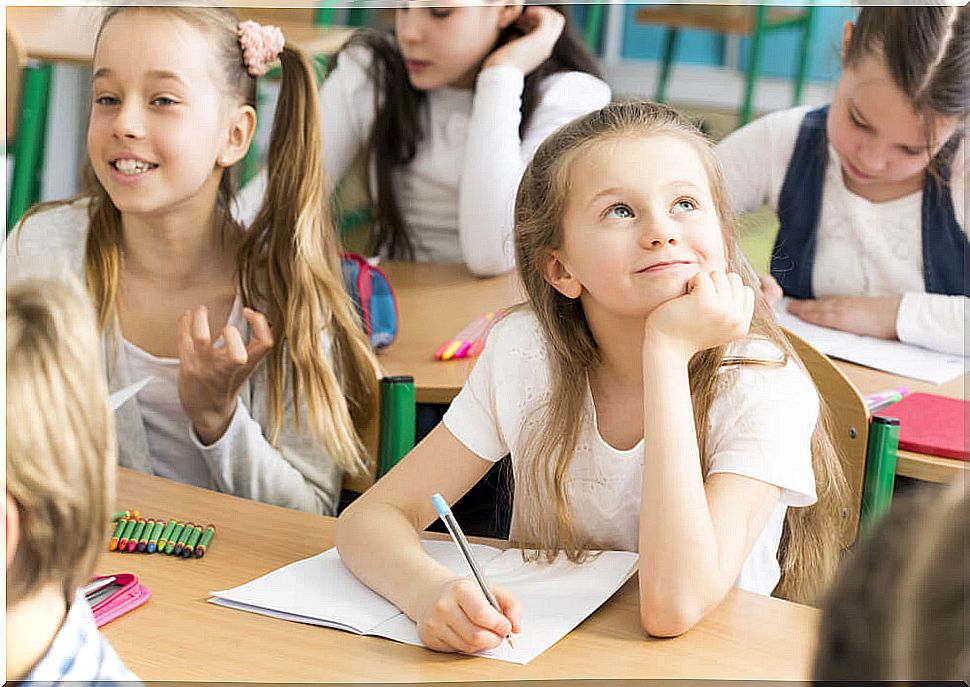
What kind of thinking is encouraged in schools?
Both types of thinking should be worked on from schools. But, unfortunately, in general, the educational system chooses to stimulate the convergent thinking of the students, seeking that they carry out the tasks and exercises in a specific way. Thus, it is intended that students use a specific resolution procedure that they have previously been taught to arrive at a correct answer.
In this way, children simply repeat the contents and knowledge learned in a mechanical and rote way, leaving aside their imagination and creativity. In other words, divergent thinking is not usually valued or encouraged in classrooms. But this must be changed! Since this type of thinking is essential to face the day to day successfully.
In fact, in everyday life, a large number of problems or situations appear continuously that do not have a single solution, and you have to have certain skills to deal with them.
Therefore, the school should be in charge of promoting both convergent and divergent thinking, proposing activities that allow the development of qualities and capacities related to academic and daily life.
